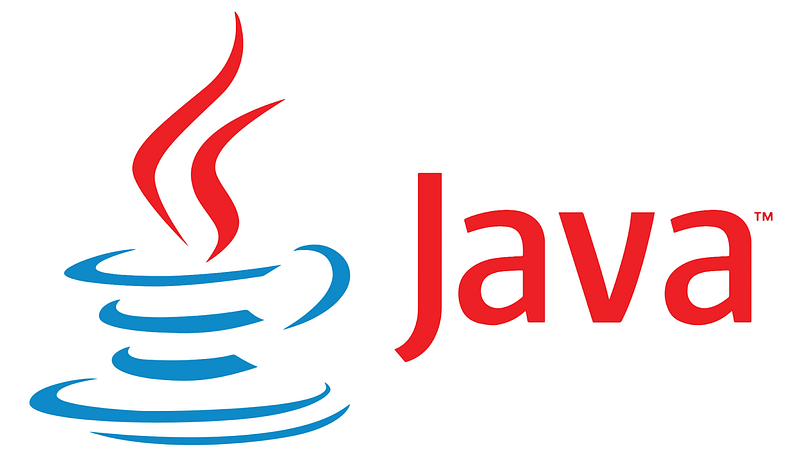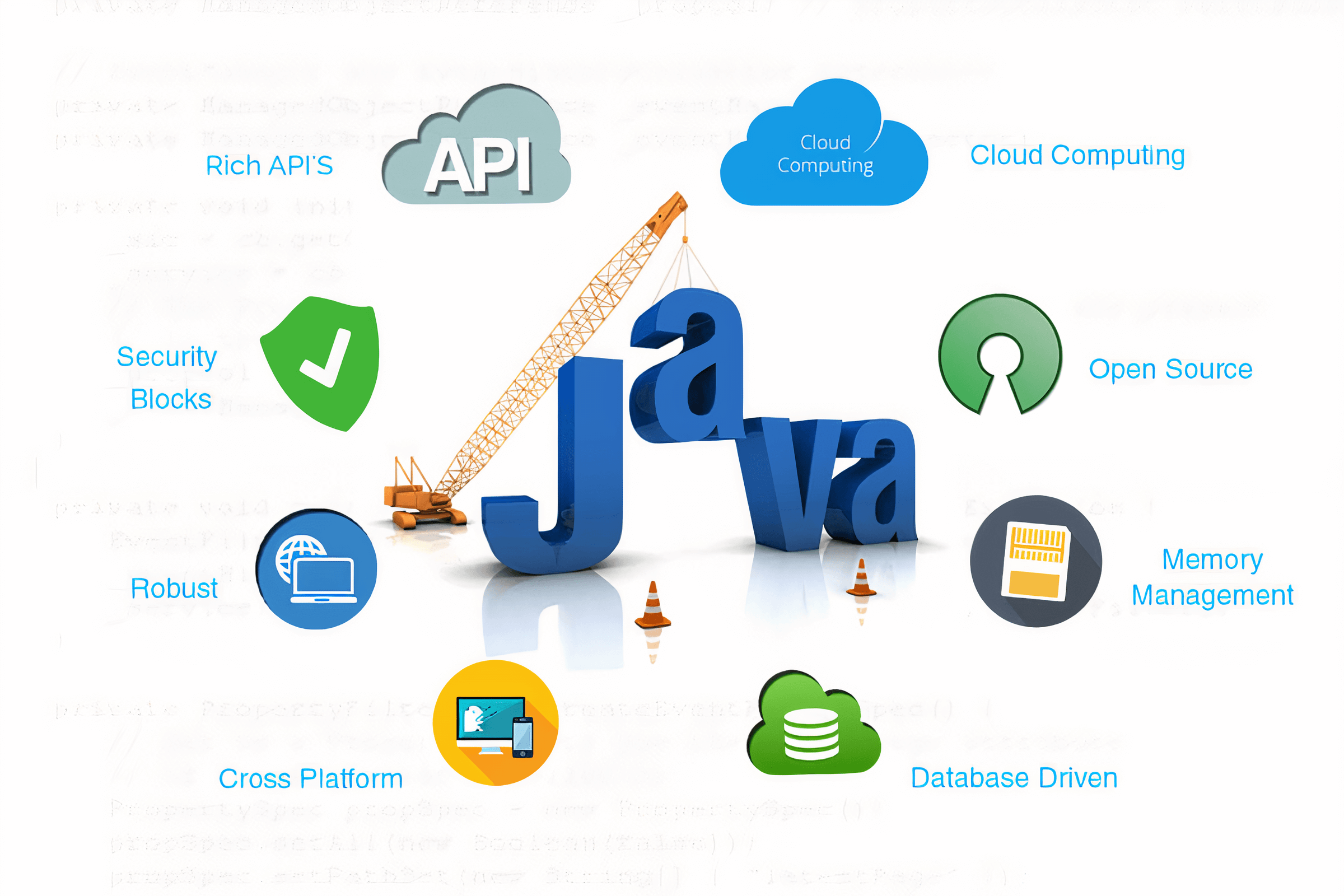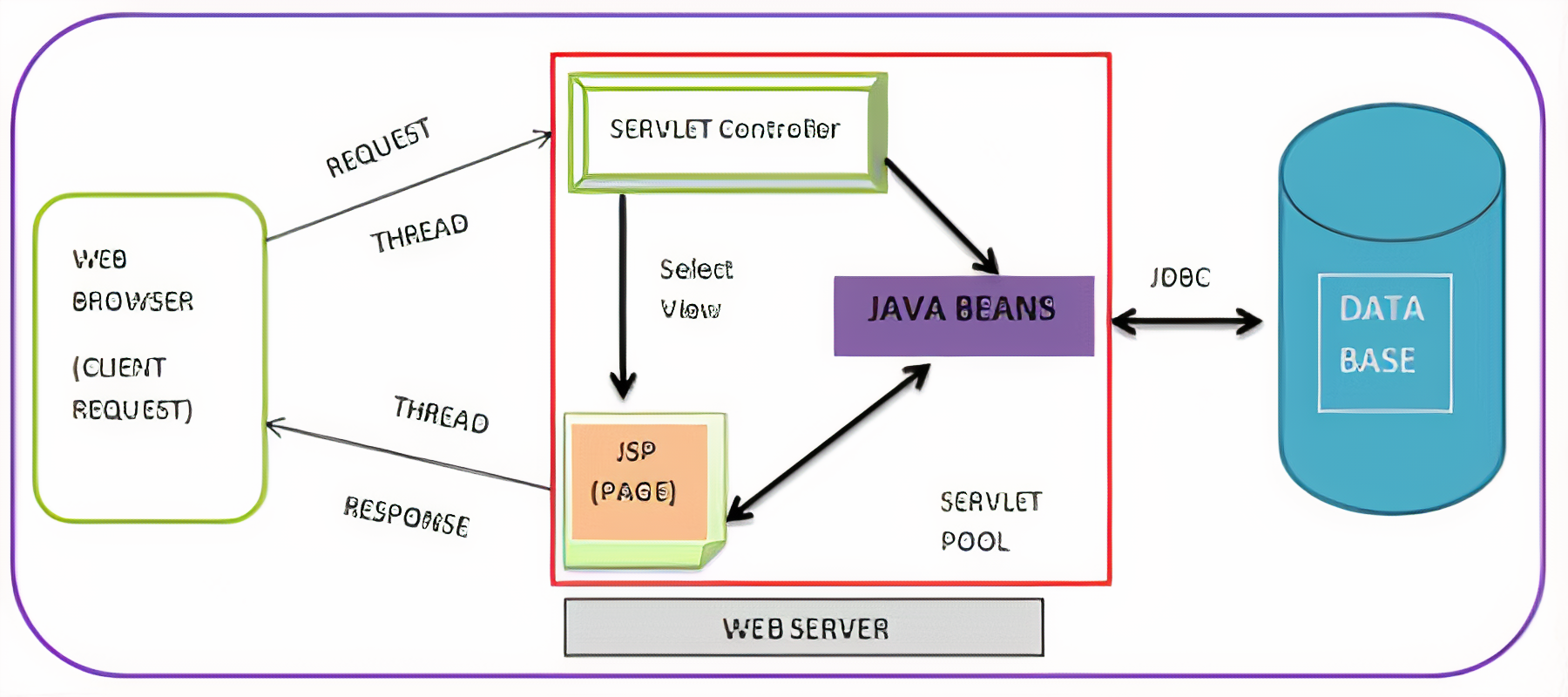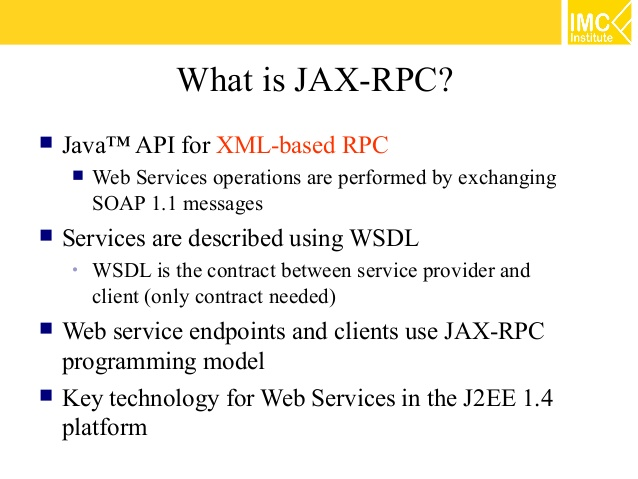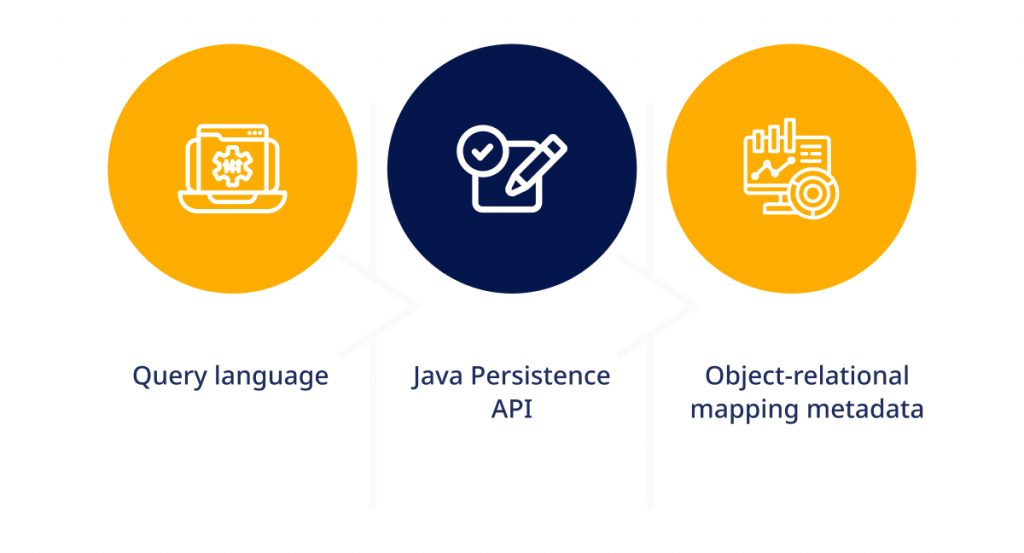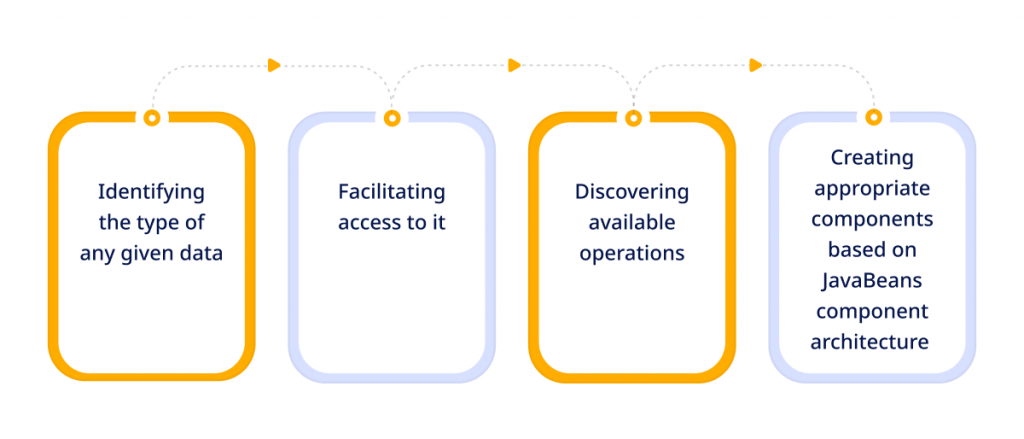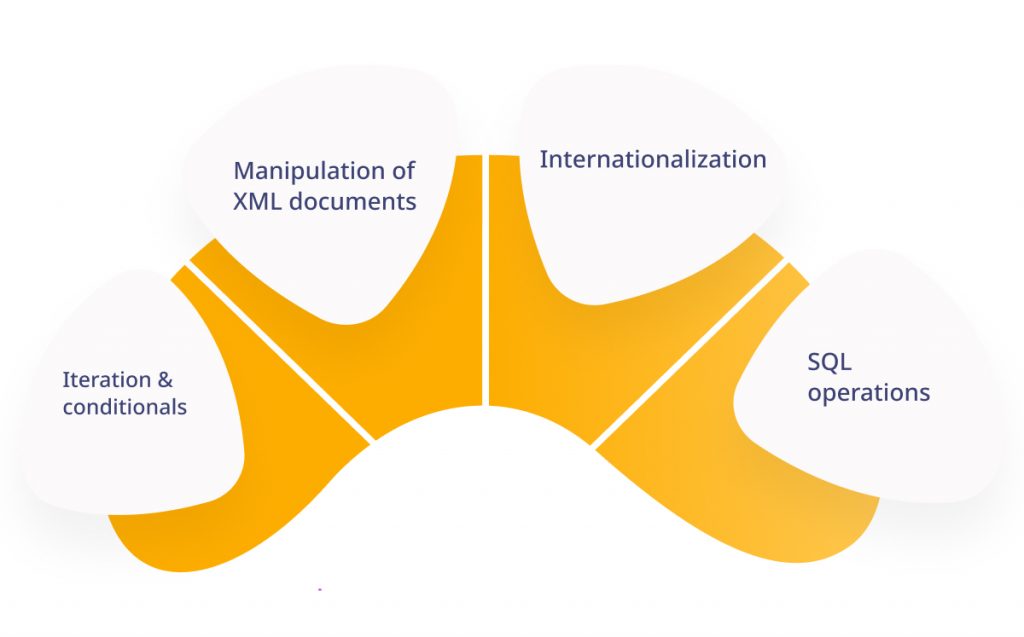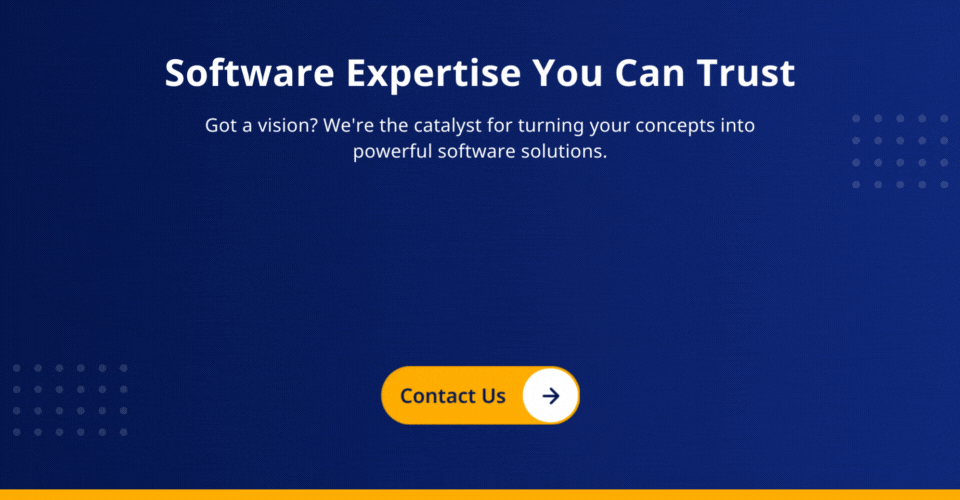Java technology needs no introduction. In fact, everyone around the world is still fascinated with Java’s incredible potential in web and mobile application development. Surely, you, too, would be tempted by Java’s popularity and monopoly in software development and would want to leverage this programming language for your next web development using Java.
Java enables you to secure complex application solutions like tally voting polls, flight booking APIs, hotel reservation systems, and much more. However, you wouldn’t be aware of which latest Java technologies you need to develop a complex or simple web application.
Actually, there is a wide range of technologies that lie under the shade of the name Java that describe web development in different senses. This blog presents glean insights about Java technologies list you can leverage to build a web application.
Whether you are a full-stack coder or a business owner, knowing about these technologies is critical to comprehending your application flow. So, let’s not waste too much time and learn them in depth, but before that, let’s break down the science of Java web development.
Level up your skills this year.
Comprehending Java Web Development
What resonates with Java web development?
The term is defined as the process of website development using Java full stack technologies list. The science of web development using Java can be understood clearly by using Java. However, before that, you need to comprehend the concept of web application.
Actually, web applications are distributed application programs that can run on multiple computers and establish a communication medium through a network or server.
Moreover, these applications only run on a web browser and are known for the ease they provide when using the browser as a user client.
When you create a web application, you don’t have to install or deploy the software application to different computers or your clients’ computers.
Moreover, enterprises can also update and maintain a web application without facing any hassle in updating and maintaining the application solution.
Moreover, you can also use these web applications for online retail sales, webmail, web blogs, online banking, discussion boards, and more.
Altogether, millions of users can access a web application at a single time, which makes it widely popular. Because of this, enterprises prefer Java development services.
Explore cutting-edge technologies for 2024.
For creating a web application in Java, you would have to use the Java EE platform. Moreover, there are many other platforms and standard editions, including classes and packages, that make web development easier.
In order to create a web application, the technologies you are using must work on the server. Moreover, the server must include a container or web server installed that can recognize and run the classes you create.
Altogether, you need to ensure that these technologies are installed in your system to run Java on it.
Now, let’s take a glance at the latest Java technologies and tools that you can use to create web applications.
Also read: Importance Of Java For Software Development & Its Applications
Java Technologies To Leverage In Web Application Development
Several technologies are mentioned on the list. The major core Java technologies that make the most out of web development using Java are Java Servlet, Java Server Pages, JDBC, and more.
1. Java Servlet
Java Servlet API enables you to define HTTP-specific classes. In this, the servlet class extends the potential and capabilities of servers & hosts the application. This application can be accessed by a request-response programming model.
Though servlet has the potential to respond to any type of request, the major purpose of using servlet is to extend applications hosted via web servers.
For example, you can leverage the potential of a servlet to get data input from an online application or extend it to appear on-screen or on an HTML page.
Moreover, you can use a servlet to write the data to the database or file. Majorly, the servlet runs on the server-side in the complete absence of application GUI or HTML.
2. JavaServer Pages
JavaServer Pages (JSP) is quite popular among developers, and it offers a simplified and swift way to develop dynamic web content. This has led to the rapid development of web applications that are platform- and server-independent.
Moreover, you can also add snippets of servlet code into the application text document, which makes it JSP developer-friendly. Moreover, JSP pages are significantly text-based documents that include two types of text:
- Static data that you can get expressed in any text format, including XML, HTML, or WML.
- JSP technology completely defines the construction of dynamic content on the web page.
Moreover, the packages that work in the creation of JSP pages are javax.servlet.jsp, javax.el, javax.servlet.jsp.tagexta, and javax.servlet.jsp.el.
However, you would need to import them directly. With JSP, it can be extremely easy to create a web application in the presence of snipped JSP code and extensions.
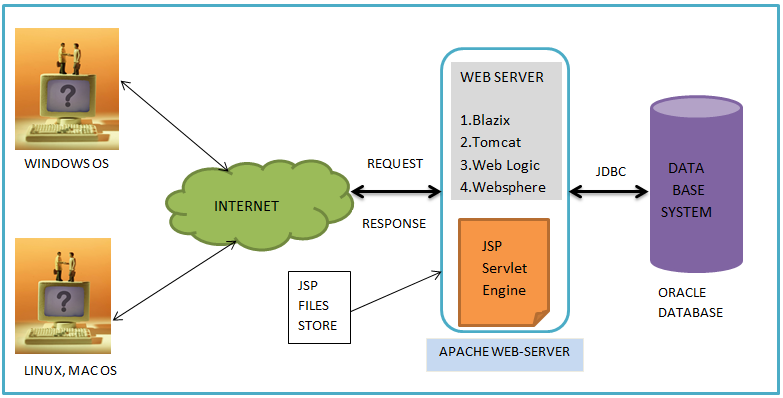
You can develop a website with JSP technology pages by leveraging one snippet of code and include it in a header.html file that defines site navigation.
This way, to make changes in buttons or links, you just need to make changes in one file, and it will automatically be rendered everywhere on the site.
Due to this, Java applications development company asserts JSP is the best technology to create dynamic web content such as forms, polls, and more.
3. JavaServer Faces Technology
It is a UI framework that allows you to create web applications. GUI component framework is the sole component of JavaServer Faces technology that renders the components in various formats, including markup language and other technologies.
It also has RenderKit for creating HTML markup. The Java APIs and XML configuration files enable this functionality to be achieved.
Moreover, its drag-and-drop GUI tools in Sun Java Studio Creator IDE help users use technology without writing or comprehending underlying component codes.
4. JDBC API
The usage of JDBC API is quite popular, and most of the developers understand how critical JDBC is in web application development, and it enables you to invoke database SQL commands within Java programs.
Moreover, there is no special restriction involved as you can invoke JDBC Api in servlet, JSP pages, or enterprise bean. Majorly, JDBC is made of two parts, one application-level interface and another service provider interface.
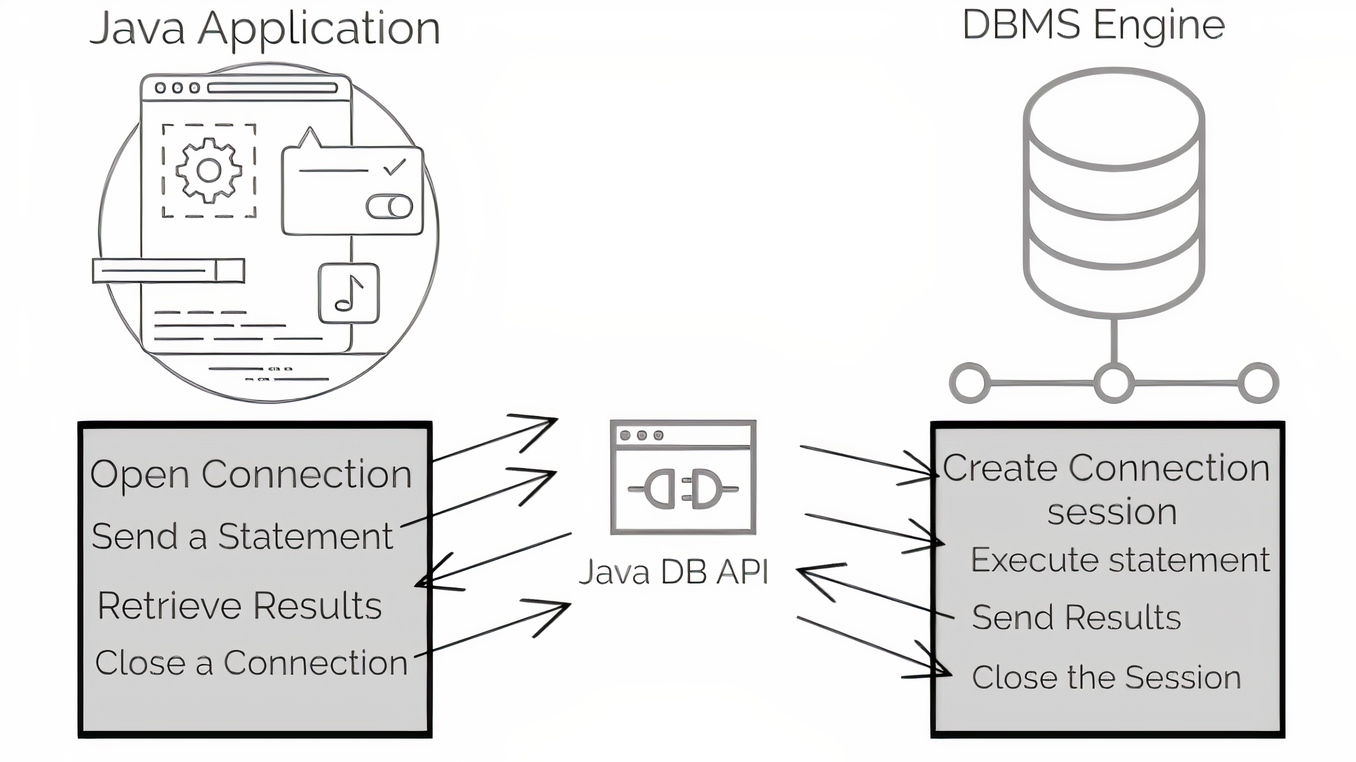
Application-level interface is used to access a database through application components, and the server provider integrates a JDBC driver to the Java enterprise platform.
5. Java Message Service API
You already know the significance of messaging, whether it is between humans software components, or applications.
Every software program and messaging system is a peer-to-peer facility. Succinctly, a messaging client sends a message to the receiver client, and vice versa.
In this system, each client connects to a messaging agent that facilitates the creation, sending, receiving, and reading of a message.
Java messaging service API is the facility in Java technology that solves the problem of communication between components and serves the purpose.
Enterprise messaging offers a flexible, reliable medium for the exchange of data throughout an enterprise.
JMS API extends the functionalities to the provider framework to render the development of portable messaging applications in Java language.
Moreover, how you would be using a JMS is a matter of perception, such as how you can use it to keep monitoring inventory.
Java full-stack developers can send messages to different components of different departments, making them a valuable asset for any company looking to hire Java full stack developers.
Drive innovation and efficiency in 2024.
6. Java API for XML Processing
XML processing is a significant process in Java web development, and Java API for XML processing supports it using Document Object Model. DOM is the simple API for XML and XSLT (Extensible Stylesheet Language Transformation).
It provides application parsing and transforms XML documents independent of particular XML-processing implementations.
JAXP offers namespace support that enables your application to work with schemas that otherwise have naming conflicts. It is crafted in a way that is very flexible and allows you to use XML-compliant and XSL processors for your application.
7. Java Naming and Directory Interface
As the name suggests, it provides naming and directory features, enabling applications to render multiple naming and directory services.
Moreover, it offers applications with methods that can perform standard directory operations such as object search, attribute association, and more.
Moreover, JNDI can store and retrieve different types of Java technology objects, enabling the application to coexist with a variety of legacy applications and systems.
Using JNDI, a naming environment, you can access a number of other services such as naming services, enterprise bean, and web components.
Moreover, developers can customize components using it by averting access issues with source code.
8. Java Persistence API
Java Persistence API is one of the most latest Java technologies standards-based solutions that simplifies the development of Java SE and Java EE by using data persistence.
In this, an object-relational mapping approach is used by persistence to bridge the gap between a relational database and an object-oriented model. It consists:
- Query language
- Java Persistence API
- Object-relational mapping metadata
Moreover, Java persistence API supports the use of pluggable persistence providers and a rich SQL for both static & dynamic queries. Some popular persistence technologies are given below:
- TopLink
- JDO
- Hibernate
Transform your development workflow.
9. JavaMail API & JavaBeans Activation Framework
Web applications utilize the JavaMail API to send email notifications. This API is composed of two main parts:
- An application-level interface used by application components to send emails
- A service provider interface
Service providers are responsible for implementing specific email protocols i.e. SMTP. The JavaMail API package comes with several built-in service providers along with additional options available separately.
The Java EE platform incorporates the JavaMail extension. It features a service provider that enables application components to send emails. In combination with the JavaMail extension, you can leverage the JAF (JavaBeans Activation Framework) API. This API offers standard services for
- Identifying the type of any given data
- Facilitating access to it
- Discovering available operations
- Creating appropriate components based on JavaBeans component architecture
10. JavaServer Pages Standard Tag Library
JSTL (JavaServer Pages Standard Tag Library) simplifies common functionality in various web applications by encapsulating it into easy-to-use tags. It also offers a framework for integrating custom tags with JSTL tags.
JSTL includes support for essential tasks like
- Iteration & conditionals
- Manipulation of XML documents
- Internationalization
- SQL operations
The JSTL 1.2 Maintenance Release is designed to work with the Unified Expression Language introduced in the JavaServer Pages 2.1 specification. With the Unified EL, JSTL tags, including iteration tags, can seamlessly interact with JavaServer Faces components.
JSTL 1.2 is a component of the Java EE 5 platform.
Final Text
Now that you have learned about the top web technologies in Java (updated list of 2024). Whether it’s adopting reactive programming with Spring WebFlux or leveraging Kubernetes for container orchestration, each technology offers unique benefits that can propel your business to new heights.
The above mentioned Java technologies can help you boost your project’s performance by streamlining development workflows and building robust, scalable & innovative web applications.
Now, you may wonder if Java development is cost-draining. But if you hire an Indian Java developer, you can achieve incredibly cost-effective web development using Java.
You can outsource Java web development services from top Java web development company like ValueCoders (established in 2004) which has successfully delivered 4200+ projects till today. Stay tuned for more insights into Java technology.


